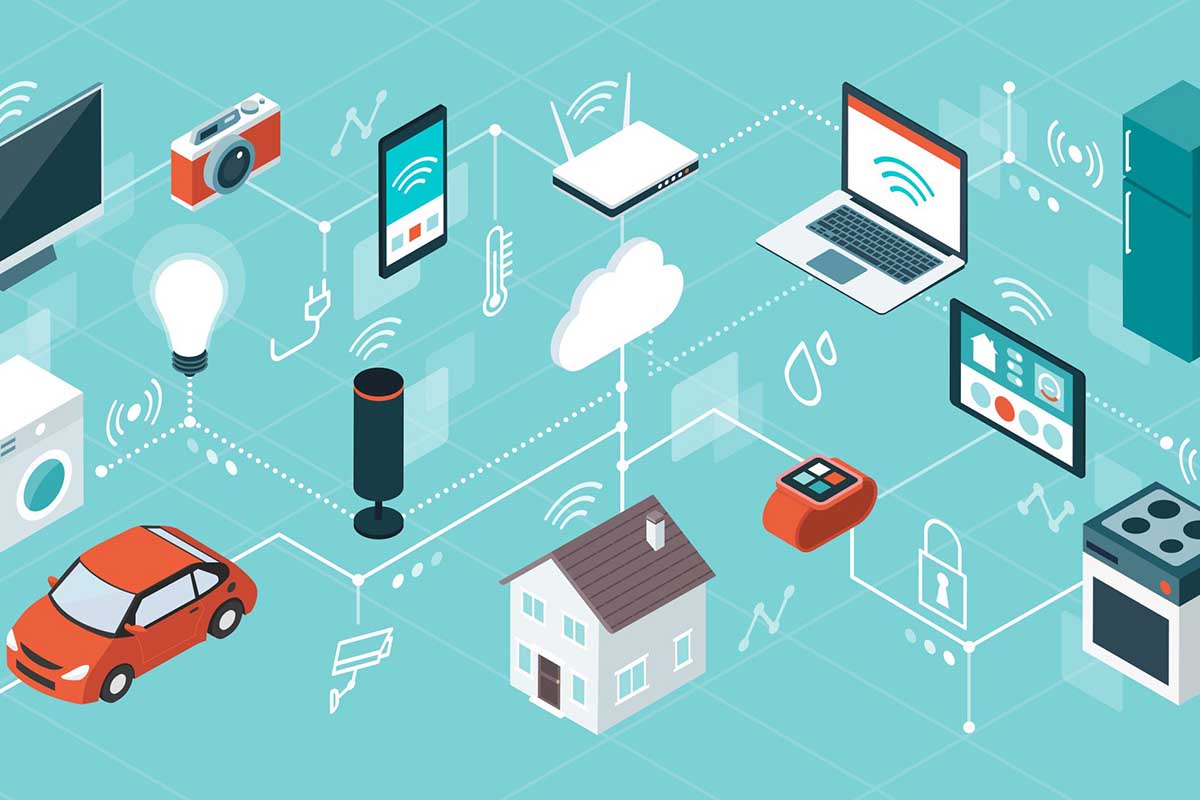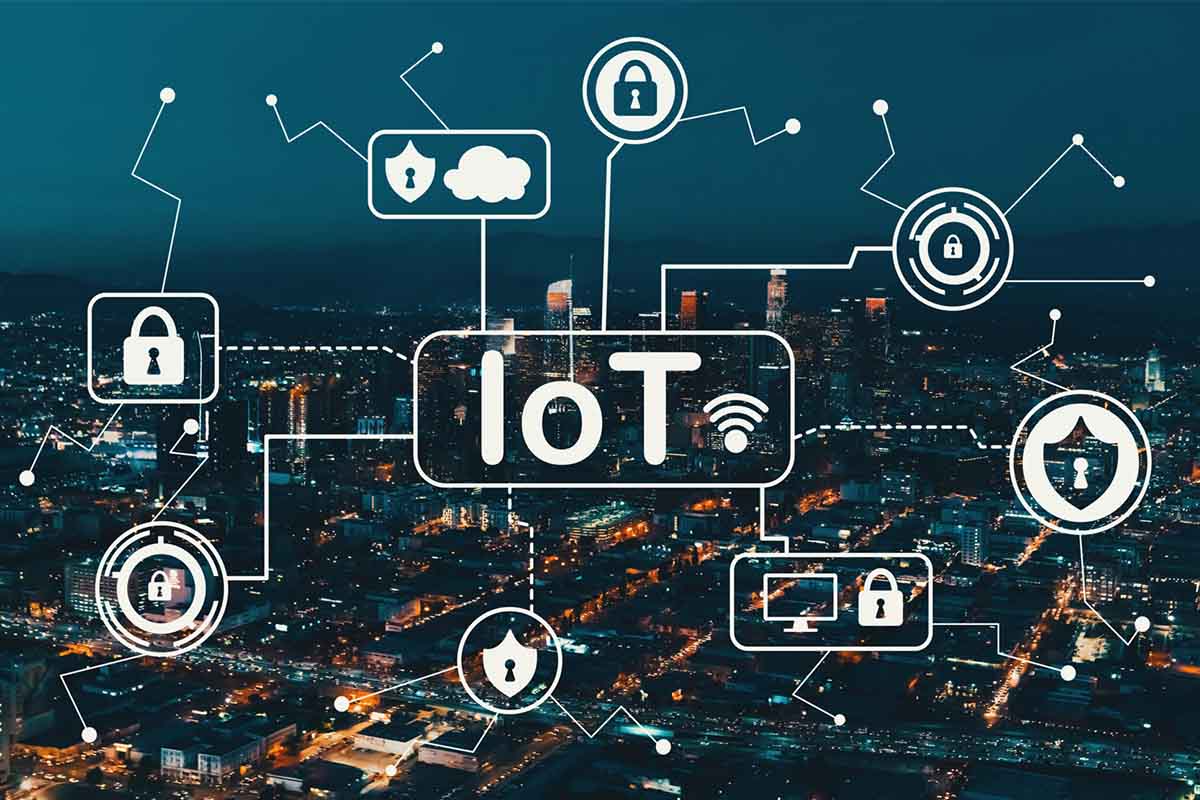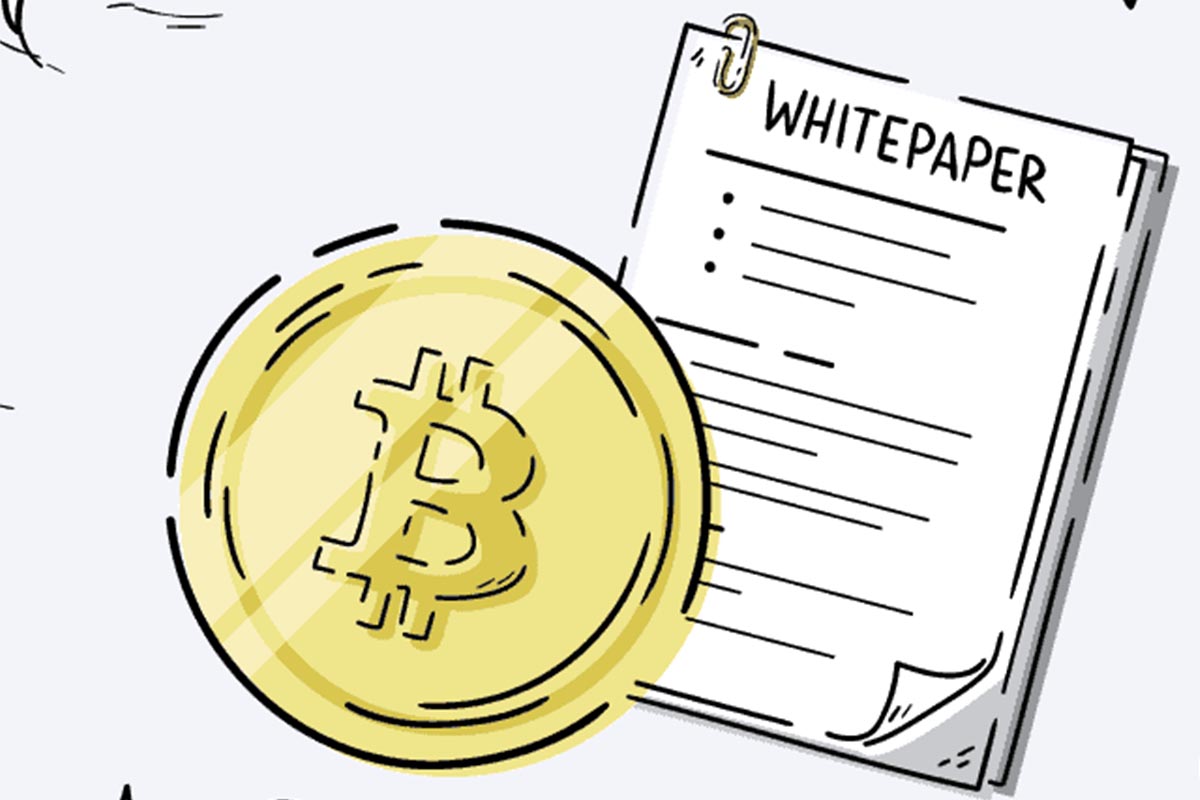The integration of Artificial Intelligence (AI) and the Internet of Things (IoT) into agriculture is revolutionizing the way we approach farming and food production. This fusion of technology and agriculture, often referred to as “Smart Farming” or “Precision Agriculture,” leverages the power of AI and IoT to enhance efficiency, productivity, and sustainability in agricultural practices. This comprehensive exploration delves into the multifaceted roles of AI and IoT in agriculture, highlighting how they are transforming the sector.
Artificial Intelligence in Agriculture
Weather and Crop Predictions:
AI Algorithms: AI algorithms used in weather and crop predictions typically involve complex models that incorporate vast amounts of data. These models can include historical weather patterns, soil conditions, and even genetic information about the crops. By analyzing this data, AI can identify trends and patterns that may not be apparent to human observers.
Implications and Benefits: The ability to predict weather patterns with greater accuracy helps farmers make better decisions about planting, irrigation, and harvesting. This leads to more efficient use of resources and can significantly reduce the risk of crop failure due to unexpected weather events.
Yield Prediction:
Data Integration and Analysis: Yield prediction involves integrating data from diverse sources. Satellite imagery can provide information about the health of crops over large areas, while sensors in the field can offer detailed data about soil moisture, temperature, and crop health at a micro level. AI algorithms analyze this data to predict how much yield a particular field is likely to produce.
Customization and Precision Farming: This technology enables what is often called precision farming. Farmers can customize their practices not just for each field but for different sections of each field. This level of customization was not possible before the advent of such advanced predictive analytics.
Disease and Pest Detection:
Advanced Image Recognition: AI-driven image recognition tools use sophisticated algorithms to analyze images of crops. These images can be captured by drones, satellites, or even smartphones. The AI is trained to recognize patterns and anomalies indicative of diseases or pest infestations that might be invisible to the naked eye.
Real-Time Monitoring and Early Intervention: By implementing these tools, farmers can monitor their crops in real-time. This early detection is crucial as it allows for timely intervention, significantly reducing the potential damage caused by pests and diseases. It also helps in applying pesticides more selectively, reducing costs and environmental impact.
Soil Health Analysis:
Comprehensive Soil Assessment: AI tools can evaluate various soil parameters, including nutrient levels, pH balance, moisture content, and organic matter content. This is done through analyzing data gathered from soil sensors, satellite images, and other sources. The analysis provided by AI enables farmers to make informed decisions about planting, fertilization, and irrigation. This precision in farming not only improves crop yields but also helps maintain the long-term health of the soil.
Integration with Other Technologies:
Internet of Things (IoT): The integration of AI with IoT devices, like sensors and automated irrigation systems, creates a more interconnected and intelligent farm management system. This system can autonomously adjust watering or alert farmers to specific areas needing attention.
Machine Learning and Predictive Models: AI in crop and soil monitoring is not static. Machine learning algorithms continually improve their predictions and diagnoses based on new data, leading to increasingly accurate and efficient farming practices over time.
Broader Implications and Future Directions:
Sustainable Practices and Reduced Waste: By making farming more efficient and reducing the risk of crop failure, predictive analytics can contribute to more sustainable agricultural practices. This not only benefits the farmers economically but also has positive environmental implications.
Global Food Security: In the larger picture, improving crop yields and reducing losses due to weather can play a significant role in addressing global food security challenges, especially in regions that are most vulnerable to climate change.
Challenges and Future Directions:
Data Accessibility and Accuracy: One of the challenges in this field is ensuring that the data used is both accessible and accurate. Inaccurate data can lead to incorrect predictions, which can be costly for farmers.
Data Privacy and Security: As with any technology relying on big data, there are concerns about data privacy and security. Ensuring that farmers’ data is protected is crucial.
Adapting to Climate Change: As climate patterns become more erratic, the models used by AI will need to adapt quickly. There’s a growing need for algorithms that can predict not only based on historical patterns but also incorporate real-time data to account for sudden changes.
Accessibility and Cost: There’s also the challenge of making these technologies accessible and affordable to small-scale and under-resourced farmers, who can benefit the most from these advancements.
The Internet of Things (IoT) in Agriculture
Sensor Technologies
Field Sensors: IoT sensors placed throughout the fields monitor various environmental and soil parameters, providing real-time data on crop health, soil moisture, temperature, and more.
Livestock Monitoring: Sensors attached to livestock track their health, location, and behavior, enhancing herd management.
recision Farming
Variable Rate Technology (VRT): IoT enables VRT, where the application of water, pesticides, and fertilizers is precisely controlled based on sensor data.
Automated Irrigation Systems: IoT systems automate irrigation, ensuring optimal water usage based on soil moisture levels detected by sensors.
Equipment and Fleet Management
Smart Machinery: Tractors and other farm equipment equipped with IoT devices can be remotely monitored and controlled, optimizing their usage and maintenance.
Logistics and Supply Chain: IoT helps in tracking produce from farm to market, ensuring efficient supply chain management.
Synergy of AI and IoT in Agriculture
Integrated Smart Farming Systems
Comprehensive Solutions: The combination of AI and IoT provides holistic solutions where AI analyzes data collected by IoT devices for precise decision-making.
Adaptive and Learning Systems: AI algorithms continuously learn from new data provided by IoT devices, constantly improving recommendations and predictions.
Enhanced Sustainability
Resource Conservation: The combined use of AI and IoT leads to more sustainable farming practices by conserving water, reducing the use of chemicals, and minimizing the carbon footprint.
Environmental Monitoring: AI and IoT can monitor environmental impact, helping to maintain ecological balance.
Economic Benefits
Increased Productivity and Efficiency: The synergy of AI and IoT maximizes productivity and operational efficiency, leading to higher profitability for farmers.
Reduced Labor Costs: Automation and precise resource management reduce the reliance on manual labor, cutting down labor costs.
Conclusion
Integrating AI and IoT in agriculture is not merely a technological upgrade; it’s a fundamental shift towards more intelligent, efficient, and sustainable farming practices. As the world grapples with challenges like climate change, population growth, and food security, the role of AI and IoT in agriculture becomes increasingly vital. These technologies offer promising solutions to enhance crop yields, reduce environmental impact, and create a more sustainable and resilient food system. As we continue to innovate and integrate these technologies, the future of agriculture looks poised for transformation, characterized by increased efficiency, productivity, and sustainability.




